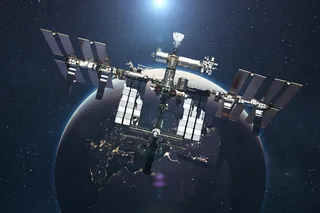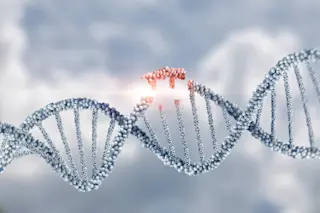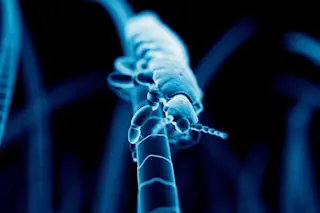Trinity College sits in the heart of Dublin, its gray, three-story, neoclassical buildings positioned around lawns and playing fields. At the eastern end of the campus is another gray building, built in 1905 in a rather different style. This is the Fitzgerald Building, or the Physical Laboratory as it is called in deeply engraved letters on the stone lintel. On the top floor is a lecture theater, and in the late afternoon of the first Friday of February 1943, around 400 people crowded onto the varnished wooden benches.
Top: Schrödinger gave his “What Is Life?” lectures at the Fitzgerald Building at Trinity College in Dublin. Above: Seated second from the right, Schrödinger poses with peers and Irish Prime Minister Éamon de Valera, far left.The Board of Trinity College Dublin; Irish Press Plc
According to Time magazine, among those lucky enough to get a seat were “Cabinet ministers, diplomats, scholars and ...














